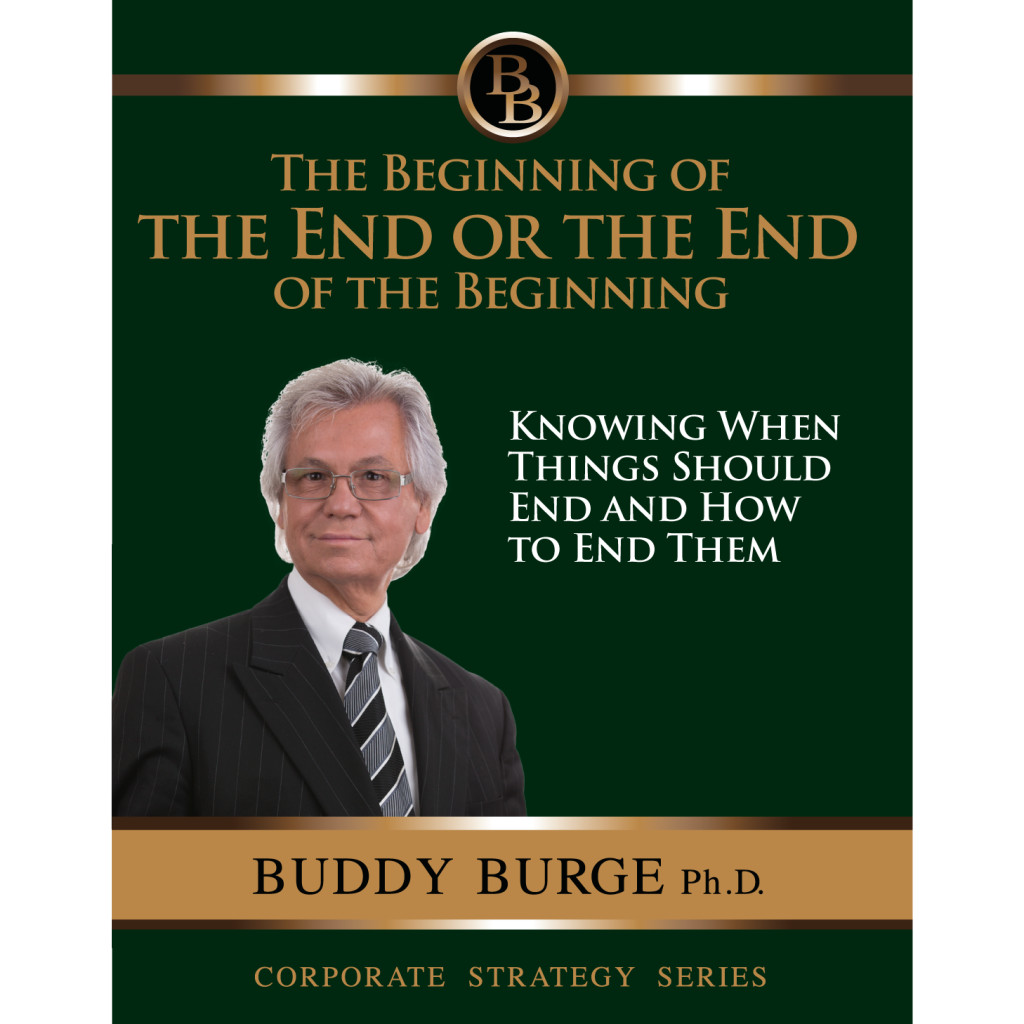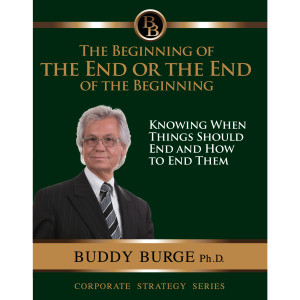
The following article is taken from “The Beginning of the End or the End of the Beginning“
The Five Steps to end the Right Thing in The Right Way at the Right Time (Overview)
In this three-part article article, we are giving an the five steps people go through to make a significant change in their life.
These changes or endings in this process might cover something dramatic such as quitting smoking, losing weight or ending a relationship or a a leader firing someone.
In part one, we gave an overview of the the five steps to ending the right thing in the right way at the right time.
We also focused on step number two and introduced the notion of life, like nature itself, is made up of seasons and what that analogy might mean to those of us who feel we might need to change or end something in our life.
In part two we elaborated on how these seasons work in our personal and professional lives.
In this article we will see how this notion in step two, life has seasons, can proffer us the optimal mindset we need to end a difficult situation or relationship that needs to be ended.
We will also prescribe what, given the situation or season in which we currently find ourselves, we can do to to move or accelerate ourselves through the current season to where we need to be.
Step One:
Preclude Problems Proactively by Pruning the Good, the Bad and the Ugly Things from Your Life, Continuously
Step Two:
See Endings as a Normal Part of Business and Life Instead of as a Problem
Step Three:
Identify the Internal Maps That Keep You From Executing Necessary Endings.
Step Four:
Understand, leverage and apply the notion of hopelessness effectively to your situation to motivate and effect the changes you need to make.
Step Five:
Strategy and Implementation: How to Put an End to Things
Closure Is Easier to embrace and Execute When You Believe Something Normal Is Happening.
You do not have to approach a situation as if you are failing, because you are not.
That lesson learned helps CEOs make tough decisions such as bringing in a seasoned manager and aligning their business with the natural order that they see unfolding before them.
It makes the necessary letting go of a long love affair with a product line or a brand possible.
How to Understand and Make Change Elegantly and Facilitatively: A Prescription
Apply the following to a current unresolved or previously difficult situation that you have encountered or experienced. The key is to believe in life cycles and seasons. In so doing:
1. See that it is Winter and Act Accordingly
The long harvest that you have enjoyed for so many years is coming to an end.
- Tell yourself “It is time to get out while the assets and revenues that are left still have some value.”
- Accept the tasks of winter, the passing of your old business model.
- Now get to a new field, one that has a harvest in its future.
- And when you do move, act in accordance with the new seasons.
- Now accept that it is spring and begin to “retool.”
- Study your new field and get your license (or whatever qualifies you).
- Clean the farm; get rid of everything from the old business that slows you down, including overhead and debt.
- Truly make room for the new.
That is what letting go looks like.
2. See that it is Spring and Act Accordingly
- Begin to do the tasks of spring.
- Go out and sow
- Make your calls, work your contacts, and look for new prospects to plant in your new field.
- Keep on sowing.
3. See that it is Summer and Act Accordingly
- Tend them as your spring turns into summer.
- Nurture those relationships and grow them.
4. See that it is Fall and Act Accordingly
- Slowly, as you develop trust and grow your relationships, start making sales; harvest those relationships.
- Continue to harvest.
What Not to Do
- Think that life cycles and seasons don’t happen.
- See that they are not an intrinsic part of the universe itself.
- Make something work that is not going to work because its time (season) has passed.
- Continue to try until the bankers and the investors come to change the lock
Some Important Questions to Ask About Seasons
Here are some questions to ponder about your business and your life that may help you to see if your thinking and subsequent activities are taking seasons into account:
- Do I accept that endings are natural?
- Am I, as the vigilant farmer tending to his fields gazes into the heavens, and asks what season I am in and what must I now do?
- Do I resist the endings required for changing seasons?
- If I believed in life cycles and seasons, would I stop resisting?
- Am I hanging on to a product, strategy, or relationship whose season has passed?
- What tasks do I need to change to enter the new season?
- Am I sowing when I should be tending?
- Am I tending when I should be harvesting?
- Am I trying to harvest in a field where winter is clearly setting in?
- Is it winter, and am I ignoring the retooling and planning that is timely for now?
So Things in Life Go Through Seasons, Change and Eventually Die
Know that, embrace it and incorporate it into your life system.
So remember, “life has seasons”; all things in life and the forms in which they exist must and will come to an end in order to move to the next level.
The key lesson we can take from step two is to realize life has seasons, know the season you are and do what we have discussed in this article relative to that particular season to get ourselves up and on our way to where we want and nee to be.
All the while remembering that sometimes, the answer to getting unstuck is to simply”wait”.
This (bleak, bitter, barren wintry season in your soul) too shall pass.
Good luck.
For more on this topic, we recommend the following | |
 | The Beginning of the End or |

![CropperCapture[298]](http://buddyburge.com/wp-content/uploads/2014/02/CropperCapture298-300x182.png)
![CropperCapture[315]](http://buddyburge.com/wp-content/uploads/2014/02/CropperCapture315-300x206.png)
![CropperCapture[316]](http://buddyburge.com/wp-content/uploads/2014/02/CropperCapture316-300x75.png)
![CropperCapture[317]](http://buddyburge.com/wp-content/uploads/2014/02/CropperCapture317-300x218.png)
![CropperCapture[318]](http://buddyburge.com/wp-content/uploads/2014/02/CropperCapture318-300x185.png)
